Grow Indoor Snap Peas? Absolutely! Imagine plucking crisp, sweet snap peas right from your own indoor garden, even in the dead of winter. Forget those bland, overpriced veggies from the grocery store – we’re talking about fresh, vibrant flavor at your fingertips. For centuries, humans have cultivated gardens indoors, from the orangeries of European royalty to the humble windowsill herb gardens of today.
But why should you bother with growing snap peas indoors? Well, for starters, it’s incredibly rewarding! There’s something magical about nurturing a plant from seed to harvest. Plus, it’s a fantastic way to add fresh, healthy greens to your diet year-round. And let’s be honest, who doesn’t love a little DIY project that results in delicious food? This guide will provide you with the essential tricks and hacks to successfully grow indoor snap peas, regardless of your experience level. I’m excited to share these simple, effective techniques that will transform your living space into a thriving, edible oasis. Let’s get started!
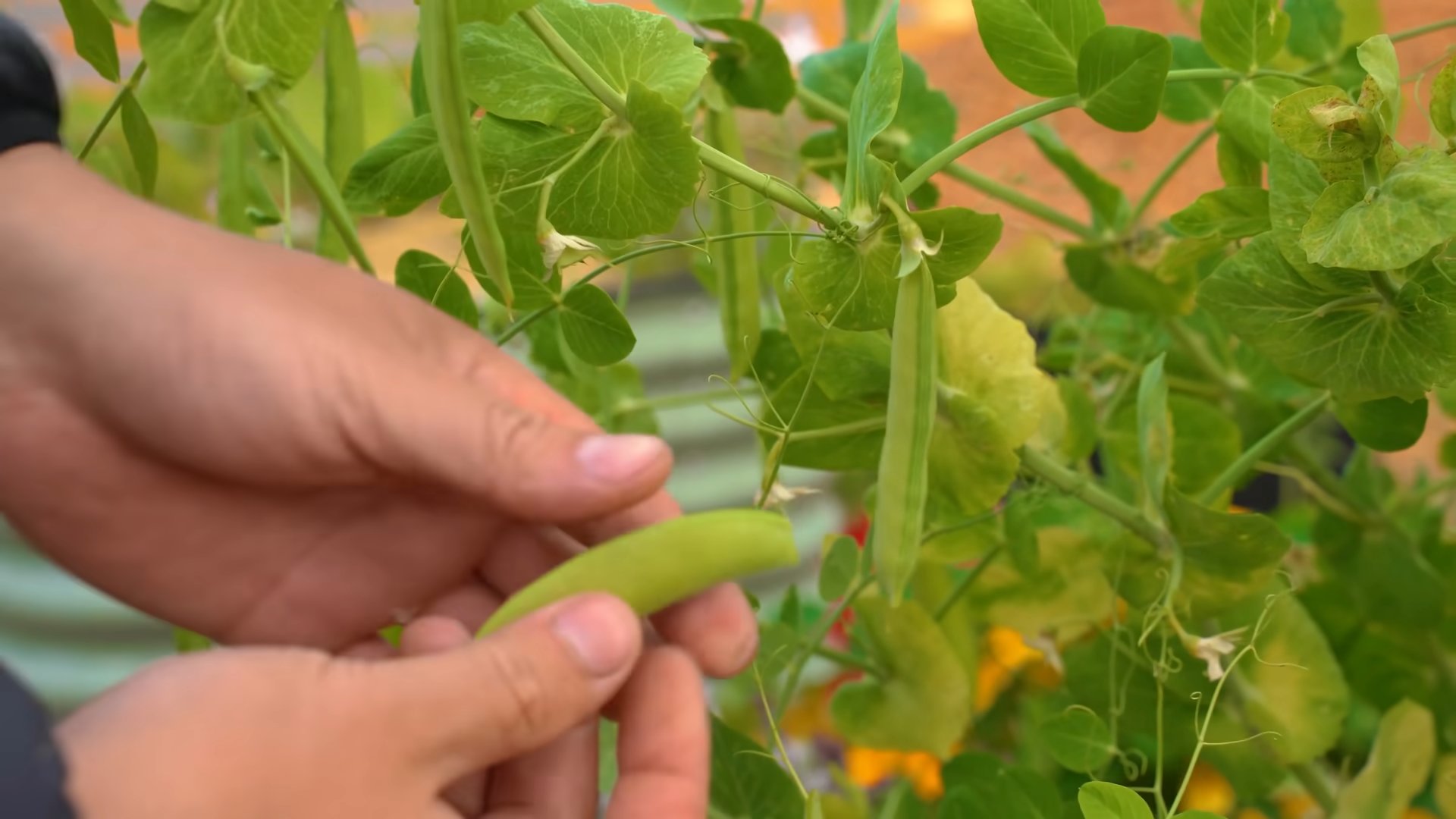
Growing Snap Peas Indoors: A Delicious DIY Project
Okay, let’s get our hands dirty! I’m going to walk you through how to grow delicious, crunchy snap peas right inside your home. Forget relying on the grocery store – fresh, homegrown snap peas are just a few steps away. This is a fun and rewarding project, even if you don’t have a green thumb (yet!).
What You’ll Need
Before we dive in, let’s gather our supplies. Having everything ready beforehand will make the process much smoother.
* Snap Pea Seeds: Choose a bush variety specifically bred for smaller spaces. These tend to be more compact and manageable indoors. Look for varieties like ‘Sugar Ann’ or ‘Sugar Daddy’.
* Pots or Containers: You’ll need pots that are at least 6-8 inches deep. Snap peas need room for their roots to grow. I prefer using fabric pots because they allow for better drainage and aeration, but plastic or terracotta pots work just fine too.
* Potting Mix: Use a high-quality potting mix that’s well-draining. Avoid using garden soil, as it can compact and not provide the necessary nutrients. A mix specifically formulated for vegetables is ideal.
* Grow Lights (Optional but Recommended): While snap peas can technically grow indoors with natural light, they’ll thrive with supplemental grow lights. This is especially important if you don’t have a south-facing window that receives at least 6 hours of direct sunlight per day. LED grow lights are energy-efficient and work great.
* Trellis or Support System: Even bush varieties can get a bit leggy, so a small trellis or support system will help keep them upright and prevent them from sprawling. You can use bamboo stakes, a small tomato cage, or even just some twine strung between stakes.
* Watering Can or Spray Bottle: For gentle watering.
* Small Shovel or Trowel: For planting the seeds.
* Spray Bottle with Water: For misting seedlings.
Planting Your Snap Pea Seeds
This is where the magic begins! We’re going to get those seeds into the soil and start the germination process.
1. Prepare Your Pots: Fill your pots with potting mix, leaving about an inch of space at the top. Gently tap the pots to settle the soil.
2. Sow the Seeds: Plant the snap pea seeds about 1 inch deep and 1-2 inches apart. I usually plant 3-4 seeds per pot to increase the chances of germination.
3. Cover the Seeds: Gently cover the seeds with potting mix and lightly pat down the soil.
4. Water Thoroughly: Water the pots thoroughly until the water drains out of the bottom. This ensures that the soil is evenly moist.
5. Provide Warmth: Snap peas germinate best in temperatures between 60-70°F (15-21°C). Place the pots in a warm location, such as near a radiator or on a heat mat.
6. Keep the Soil Moist: Keep the soil consistently moist, but not soggy. Check the soil moisture daily and water as needed. I like to use a spray bottle to mist the soil surface to prevent overwatering.
Germination and Early Growth
Watching those little sprouts emerge is so exciting! Here’s what to expect during the germination and early growth stages.
1. Germination Time: Snap pea seeds typically germinate within 7-14 days. Be patient!
2. Provide Light: Once the seedlings emerge, move them to a location with plenty of light. If you’re using grow lights, position them a few inches above the seedlings. Adjust the height as the plants grow.
3. Thinning (If Necessary): If all the seeds in a pot germinate, you may need to thin them out. Choose the strongest seedling in each pot and gently snip off the others at the soil line. This will give the remaining seedling more room to grow.
4. Watering: Continue to water the seedlings regularly, keeping the soil moist but not waterlogged.
5. Fertilizing (Optional): Once the seedlings have developed a few sets of true leaves, you can start fertilizing them with a diluted liquid fertilizer. Choose a fertilizer that’s specifically formulated for vegetables. Follow the instructions on the fertilizer label. I prefer using an organic fertilizer.
Providing Support and Encouraging Growth
Snap peas are climbers, so they’ll need some support to grow properly. This section covers how to provide that support and encourage healthy growth.
1. Install a Trellis or Support System: Once the seedlings are a few inches tall, install a trellis or support system in each pot. This will give the plants something to climb on.
2. Train the Vines: As the plants grow, gently train the vines to climb the trellis. You can use plant clips or twine to secure the vines to the support system.
3. Pruning (Optional): You can prune the plants to encourage bushier growth. Pinch off the tips of the vines to promote branching.
4. Air Circulation: Ensure good air circulation around the plants to prevent fungal diseases. You can use a small fan to circulate the air.
5. Monitor for Pests and Diseases: Regularly inspect the plants for pests and diseases. Common pests include aphids and spider mites. Treat any infestations promptly with insecticidal soap or neem oil.
Flowering and Pod Development
This is the most rewarding part! Watching those beautiful flowers turn into delicious snap peas is truly magical.
1. Flowering: Snap peas will start to flower in about 60-70 days. The flowers are typically white or purple.
2. Pollination: Snap peas are self-pollinating, so you don’t need to do anything to help them pollinate. However, you can gently shake the plants to encourage pollination.
3. Pod Development: After the flowers are pollinated, they will start to develop into snap pea pods.
4. Watering: Continue to water the plants regularly, especially during pod development.
5. Fertilizing: You can continue to fertilize the plants with a diluted liquid fertilizer to support pod development.
Harvesting Your Snap Peas
The moment we’ve all been waiting for! It’s time to harvest those delicious snap peas.
1. Harvest Time: Snap peas are typically ready to harvest about 2-3 weeks after flowering. The pods should be plump and firm, but not too large.
2. Harvesting Technique: Gently snap the pods off the plant. Avoid pulling on the vines, as this can damage the plant.
3. Harvest Regularly: Harvest the pods regularly to encourage the plant to produce more.
4. Enjoy Your Harvest: Enjoy your fresh, homegrown snap peas! They’re delicious eaten raw, steamed, or stir-fried.
Troubleshooting
Even with the best care, you might encounter some challenges. Here are a few common problems and how to address them:
* Yellowing Leaves: This could be a sign of overwatering, underwatering, or nutrient deficiency. Check the soil moisture and adjust your watering accordingly. If the soil is dry, water thoroughly. If the soil is soggy, allow it to dry out before watering again. You can also try fertilizing the plants with a diluted liquid fertilizer.
* Leggy Growth: This is usually caused by insufficient light. Move the plants to a location with more light or supplement with grow lights.
* Lack of Flowers: This could be due to insufficient light, over-fertilizing with nitrogen, or temperatures that are too high or too low. Ensure the plants are getting enough light and avoid over-fertilizing with nitrogen. Maintain a temperature between 60-70°F (15-21°C).
* Pests: Regularly inspect the plants for pests and treat any infestations promptly with insecticidal soap or neem oil.
* Powdery Mildew: This is a fungal disease that can affect snap peas. Ensure good air circulation around the plants and avoid overhead watering. You can also treat the plants with a fungicide.
Extending Your Harvest
Want to keep those snap peas coming? Here are a few tips for extending your harvest:
* Succession Planting: Plant new seeds every few weeks to ensure a continuous harvest.
* Deadheading: Remove any spent flowers to encourage the plant to produce more pods.
* Proper Watering and Fertilizing: Continue to water and fertilize the plants regularly to support pod development.
* Protect from Extreme Temperatures: Protect the plants from extreme temperatures, especially during the hottest and coldest months.
Growing snap peas indoors is a rewarding experience that allows you to enjoy fresh, delicious vegetables year-round. With a little care and attention, you can have a thriving indoor garden that provides you with a bountiful harvest. Happy gardening!
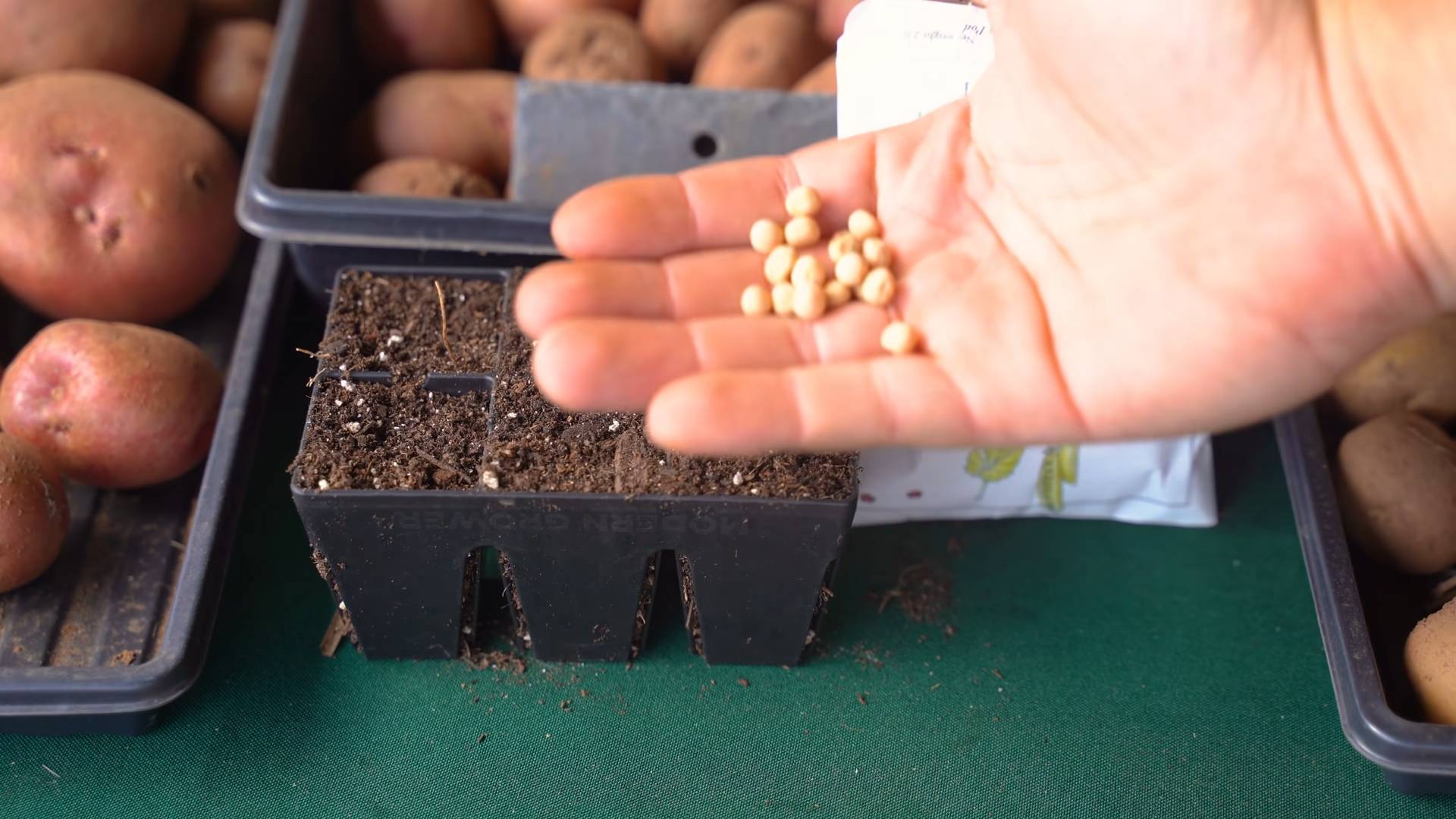
Conclusion
So, there you have it! Growing indoor snap peas is not only achievable but also incredibly rewarding. Imagine plucking fresh, crisp snap peas right from your own indoor garden, adding a burst of sweetness and crunch to your salads, stir-fries, or simply enjoying them as a healthy snack. This DIY trick transforms any sunny corner into a miniature edible paradise, bringing a touch of spring into your home year-round.
Why is this a must-try? Because it’s more than just growing vegetables; it’s about connecting with nature, experiencing the satisfaction of nurturing life, and enjoying the unparalleled flavor of homegrown produce. Store-bought snap peas simply can’t compare to the vibrant taste and texture of those you’ve cultivated yourself. Plus, it’s a fantastic way to introduce children to the wonders of gardening and healthy eating habits.
Beyond the basic method, there’s plenty of room for experimentation. Try different varieties of snap peas to discover your favorite flavor profile. Consider using a trellis or other support system to maximize vertical space and create a visually stunning green wall. You can even companion plant with herbs like basil or mint to enhance the flavor of your snap peas and deter pests naturally. For those with limited space, dwarf varieties are an excellent option, thriving even in smaller containers.
Don’t be intimidated if you’ve never grown anything before. This DIY trick is surprisingly simple, even for beginners. With just a few basic supplies and a little bit of patience, you’ll be harvesting your own delicious snap peas in no time. The key is to provide adequate sunlight, consistent watering, and well-draining soil.
We wholeheartedly encourage you to give this DIY trick a try. Embrace the joy of indoor gardening and experience the satisfaction of growing your own food. And most importantly, don’t forget to share your experiences with us! We’d love to hear about your successes, challenges, and any variations you’ve tried. Share your photos and stories on social media using #IndoorSnapPeas and let’s create a community of indoor gardeners. Let’s all enjoy the delightful crunch of homegrown, indoor snap peas!
Frequently Asked Questions (FAQ)
What are the best varieties of snap peas to grow indoors?
Choosing the right variety is crucial for successful indoor growing. Dwarf or bush varieties like ‘Sugar Ann’ or ‘Snowbird’ are particularly well-suited for containers because they don’t require as much vertical space as vining types. However, if you have ample space and a sturdy trellis, you can certainly try vining varieties like ‘Sugar Snap’ or ‘Super Sugar Snap.’ Just be sure to provide adequate support for them to climb. Consider the size of your growing area and the amount of sunlight available when making your selection. Read seed packet descriptions carefully to understand the specific needs of each variety.
How much sunlight do indoor snap peas need?
Sunlight is the lifeblood of any plant, and snap peas are no exception. They require at least 6-8 hours of direct sunlight per day to thrive. A south-facing window is ideal, but if you don’t have one, you can supplement with grow lights. Position the grow lights about 6-12 inches above the plants and keep them on for 12-16 hours per day. Rotate your plants regularly to ensure even light exposure on all sides. Insufficient sunlight can lead to leggy growth, reduced flowering, and smaller, less flavorful snap peas.
What type of soil is best for growing snap peas in containers?
Well-draining soil is essential to prevent root rot, a common problem in container gardening. A good potting mix should be light, airy, and rich in organic matter. Avoid using garden soil, as it can become compacted in containers and hinder drainage. A mix of equal parts potting soil, perlite, and compost is a great option. The perlite improves drainage, while the compost provides essential nutrients. You can also add a slow-release fertilizer to the soil at planting time to provide a steady supply of nutrients throughout the growing season.
How often should I water my indoor snap peas?
Watering frequency depends on several factors, including the size of the container, the type of soil, and the ambient temperature. As a general rule, water your snap peas when the top inch of soil feels dry to the touch. Water deeply until excess water drains out of the bottom of the container. Avoid overwatering, as this can lead to root rot. During hot, dry weather, you may need to water more frequently. Check the soil moisture regularly and adjust your watering schedule accordingly.
Do I need to fertilize my indoor snap peas?
Snap peas are relatively light feeders, but they still benefit from regular fertilization. Use a balanced liquid fertilizer diluted to half strength every 2-3 weeks. Look for a fertilizer with an NPK ratio of around 10-10-10. Avoid over-fertilizing, as this can lead to excessive foliage growth at the expense of flowering and pod production. You can also amend the soil with compost or worm castings to provide a slow-release source of nutrients.
How do I support my indoor snap peas?
Vining snap pea varieties require support to climb. You can use a trellis, stakes, or even a tomato cage. Install the support system at planting time to avoid disturbing the roots later on. Train the vines to climb the support by gently wrapping them around the trellis or stakes. Prune away any tendrils that are not attached to the support. Dwarf or bush varieties may not require support, but they may benefit from staking if they become top-heavy with pods.
How long does it take to harvest snap peas after planting?
Snap peas typically take 60-70 days to mature after planting. You can start harvesting when the pods are plump and the peas inside are well-developed but not too large. Pick the pods regularly to encourage continued production. Overripe pods will become tough and stringy. The best time to harvest is in the morning, when the pods are crisp and cool.
What are some common pests and diseases that affect indoor snap peas?
Aphids, spider mites, and whiteflies are common pests that can infest indoor snap peas. Inspect your plants regularly for signs of infestation and take action promptly. You can control these pests by spraying the plants with insecticidal soap or neem oil. Powdery mildew is a common fungal disease that can affect snap peas, especially in humid conditions. Improve air circulation around the plants and avoid overhead watering to prevent powdery mildew. If you notice signs of disease, treat the plants with a fungicide.
Can I grow snap peas indoors year-round?
With adequate light and proper care, you can grow snap peas indoors year-round. However, you may need to adjust your growing conditions depending on the season. During the winter months, you may need to supplement with grow lights to provide sufficient light. You may also need to adjust your watering schedule to account for lower humidity levels.
How can I encourage more pod production on my indoor snap peas?
To maximize pod production, ensure your plants receive adequate sunlight, water, and nutrients. Pinch off the growing tips of the vines to encourage branching and more flowering. Regularly harvest the pods to prevent the plants from going to seed. You can also try foliar feeding with a seaweed extract to boost flowering and pod development.

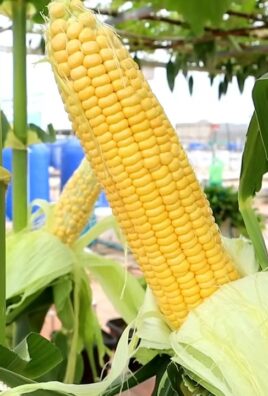
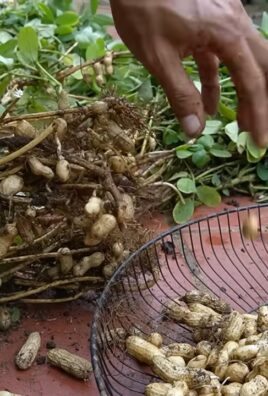
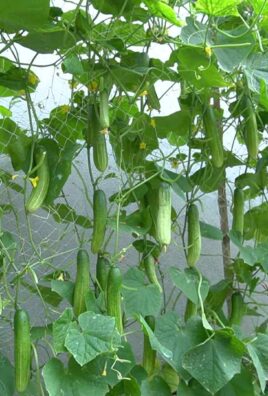
Leave a Comment